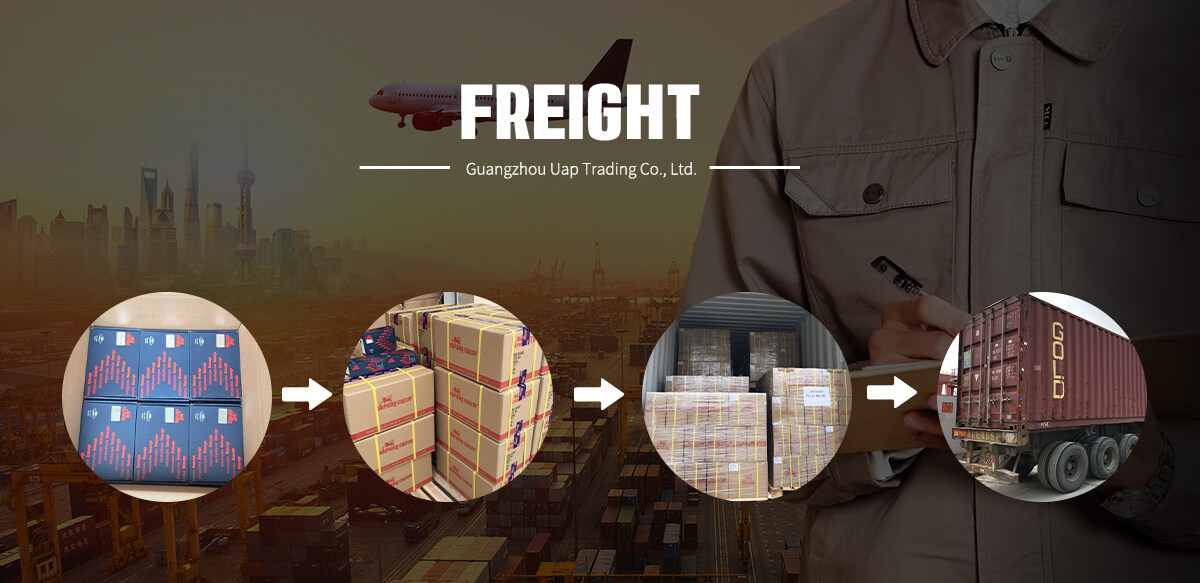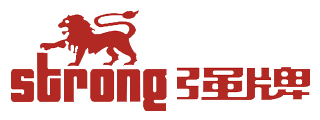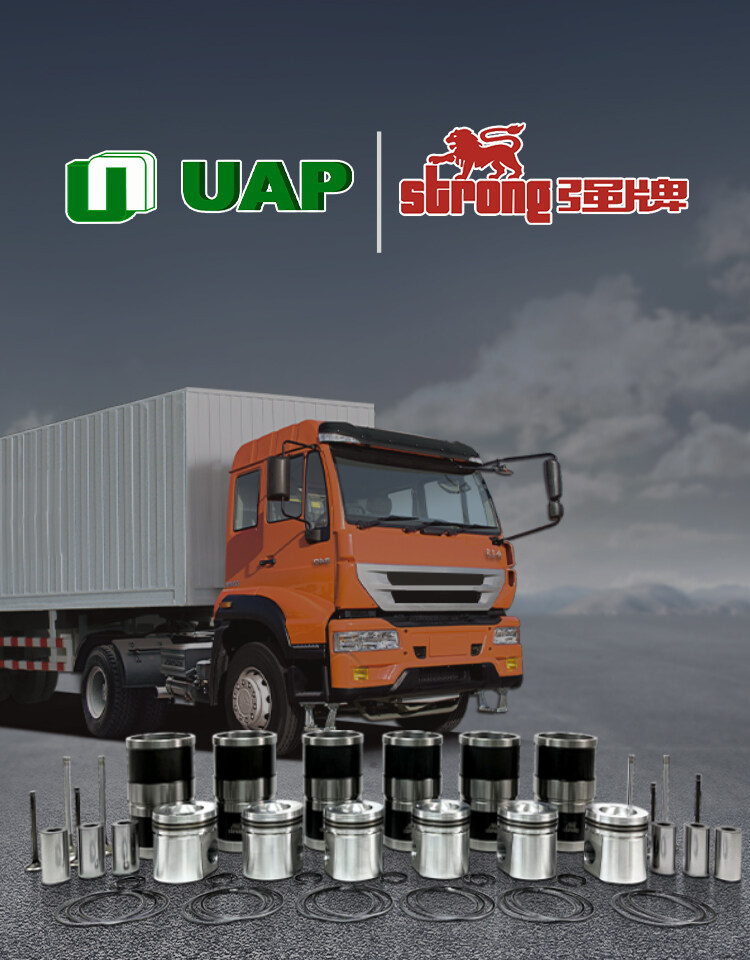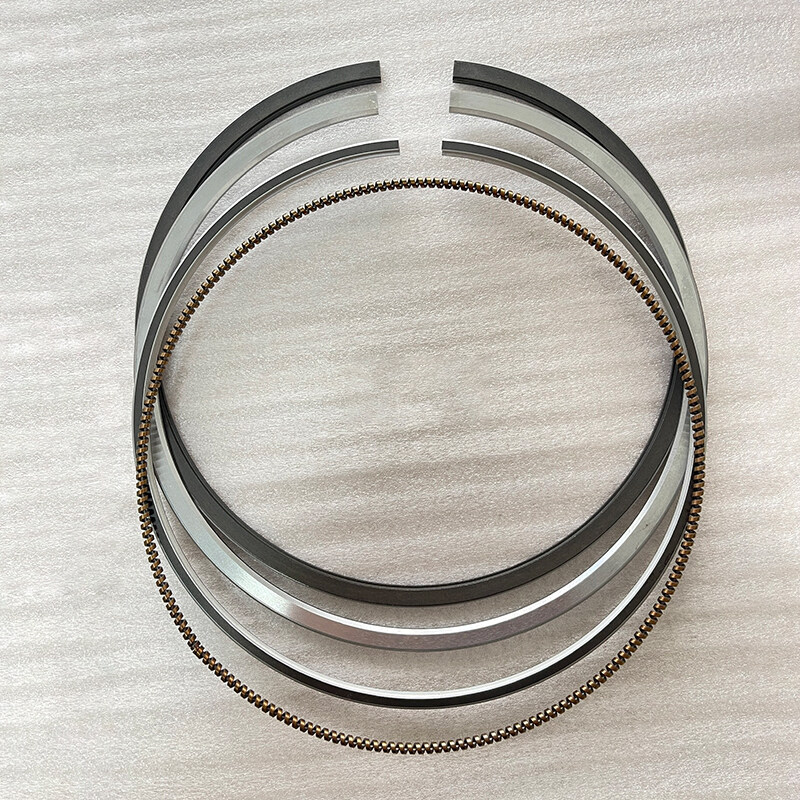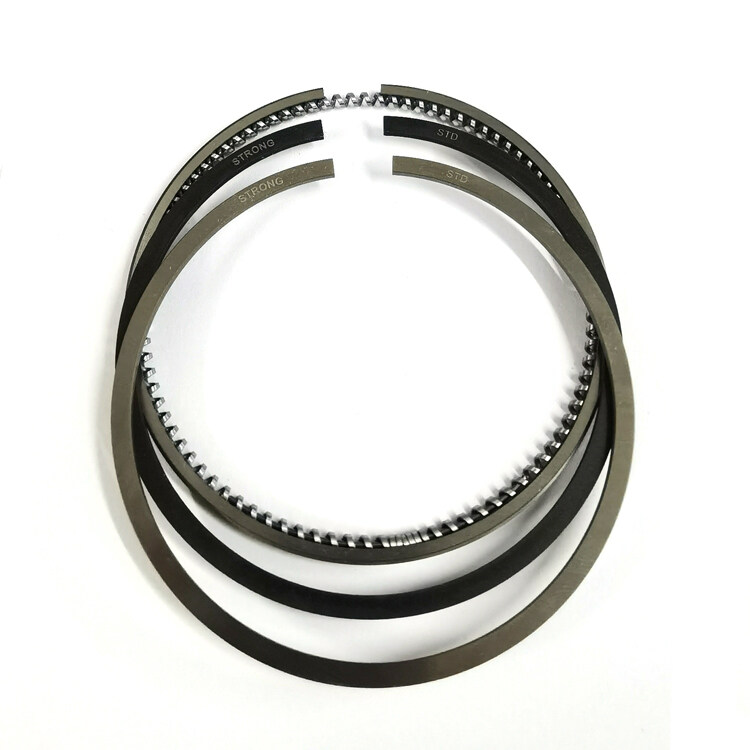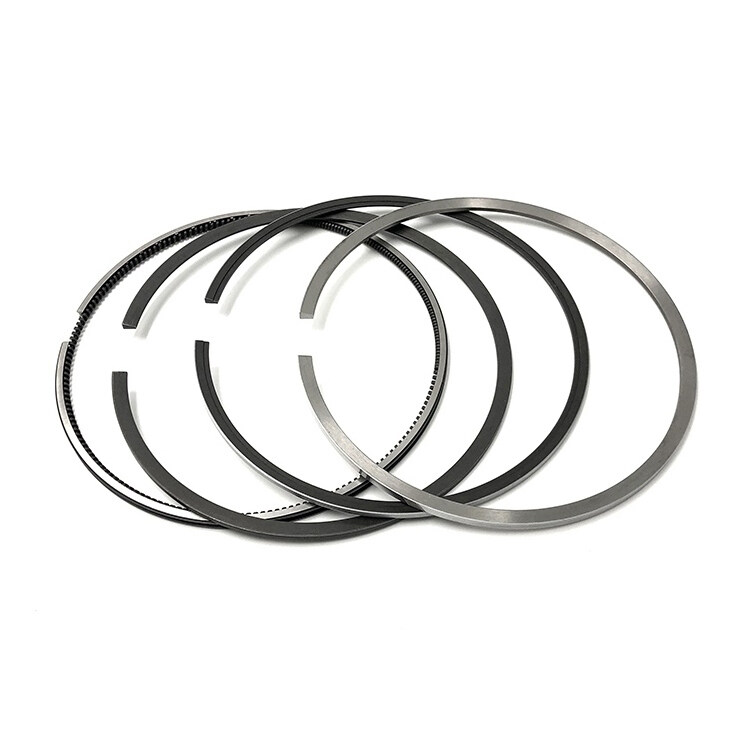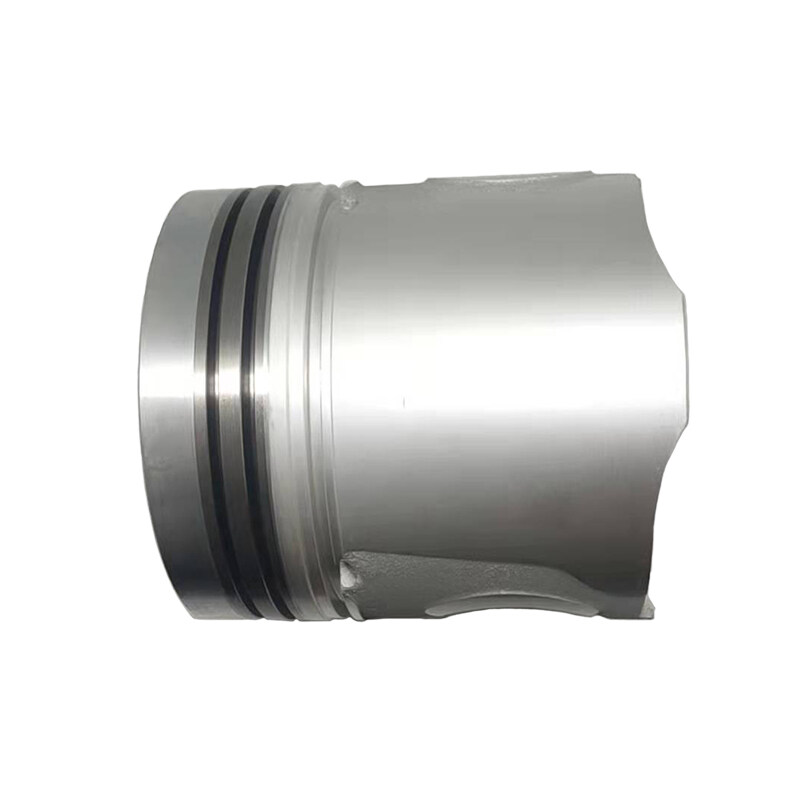Email format error
Email cannot be empty
Email already exists
6-20 characters(letters plus numbers only)
The password is inconsistent
Email format error
Email cannot be empty
Email does not exist
6-20 characters(letters plus numbers only)
The password is inconsistent

Hyundai H100 Diesel Engine Intake Exhaust Valve 22211-42220 22212-42220
Piston rings are metal rings that are embedded in the grooves of the piston. The piston creates a seal to keep combustion gases and oil in the engine. Compression rings are used to compress the mixture inside the combustion chamber, while oil rings scrape excess oil from the cylinder.
The piston ring is crafted from a special material that can withstand high temperatures, allowing the engine to operate safely in high-temperature environments. This material also reduces friction between the piston ring and cylinder liner, resulting in a longer lifespan. Additionally, the piston ring undergoes an exquisite process and surface treatment that reduces the engine’s emissions and energy consumption, making it more environmentally friendly and energy-efficient.
Wide Application:
The piston ring is highly adaptable to various working environments and workloads, making it suitable for different types of engines. Its wide adaptability allows it to meet the diverse needs of engines, making it a versatile component. Whether it is used in light trucks, buses, trucks, excavators, loaders, bulldozers, fishing boats, cargo ships, passenger ships, diesel generator sets, or gas generator sets, the piston ring can perform well and maintain its effectiveness. Its adaptability ensures that it can function optimally in different operating conditions, making it a reliable and efficient component for engines.
Reduce Its Friction and Damage:
The surface of piston ring undergoes a special treatment that results in a low friction coefficient. This reduces the friction and wear between the piston ring and cylinder liner, thereby improving the efficiency and lifespan of the engine. The low friction coefficient ensures that the piston ring can move smoothly and freely within the cylinder liner, reducing the energy loss caused by friction and improving the overall performance of the engine. Additionally, the reduced wear and tear on the piston ring and cylinder liner means that the engine can operate for longer periods without requiring maintenance or replacement of parts, making it with a longer lifespan and lower maintenance costs.
Product Parameter:
|
Product Name |
Piston Ring |
|
Application |
Engineering Machinery Engine |
|
Bore Diameter |
91.0mm |
|
Size |
2.0+2.0+3.0mm |
|
Material |
Customized |
|
Engine Number |
H100 |
|
OEM Number |
23040-42200 23040-42202 23040-42210 |
|
Car Model |
HYUNDAI |
|
Condition |
100% Brand-new |
|
Warranty |
6 Months |
|
Packing |
Neutral / OEM |
|
Application Industries |
Forklift, Tractor, Excavator, Skid Steer |
Application:
- Automotive Engines: widely used in various automotive engines, such as light trucks, buses, and trucks;
- Construction Machinery: also widely used in various construction machinery, such as excavators, loaders, and bulldozers;
- Marine Engines: also used in various marine engines, such as fishing boats, cargo ships, and passenger ships;
- Generator Sets: also used in various generator sets, such as diesel generator sets and gas generator sets.
Piston rings are metal rings that are embedded inside the grooves of the piston. There are two types of piston rings: compression rings and oil rings. The compression ring is used to seal the combustible mixture in the combustion chamber; the oil ring is used to scrape the excess oil from the cylinder.
A piston ring is a metal elastic ring with large outward expansion deformation, it is assembled into the profile and its corresponding ring groove. The reciprocating and rotating movement of the piston ring, relying on the pressure difference between the gas or liquid, in the ring outer circle and the cylinder and the ring and ring groove between a side to form a seal.
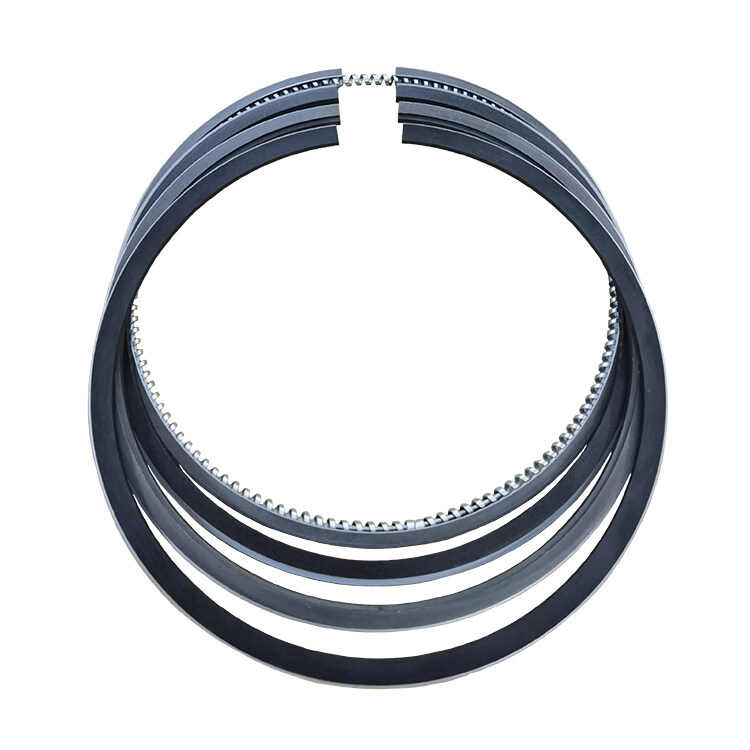
Application of piston rings
Piston rings are widely used in various power machines, such as steam engines, diesel engines, gasoline engines, compressors, hydraulic machines, etc. They are widely used in automobiles, trains, ships, yachts, etc. Generally, the piston ring is installed in the ring groove of the piston, it and the piston, cylinder liner, cylinder head, and other components form the chamber to do the work.
Meaning of piston ring
A piston ring is the core component inside the fuel engine, it completes the sealing of fuel gas together with the cylinder, piston, cylinder wall, and so on. Commonly used automobile engines have two kinds of diesel and gasoline engines, due to their different fuel performance, their use of piston rings is not the same.
Early piston rings were formed by casting, but with the progress of technology, steel high-power piston rings were born, and with the continuous improvement of engine function, environmental requirements, a variety of advanced surface treatment applications, such as thermal spraying, electroplating, chromium plating, gas nitriding, physical deposition, surface coating, zinc-manganese phosphate treatment, etc., so that the function of piston rings greatly improved.
The function of the piston ring
The role of the piston ring includes four roles: sealing, regulating oil (oil control), heat conduction (heat transfer), and guiding (support). Seal: refers to sealing the gas, not letting the gas of the combustion chamber leak to the crankcase, controlling the gas leakage to a minimum, and improving thermal efficiency.
Leakage will not only make the engine power down, and will make the oil deterioration, which is the main task of the gas ring; Adjust the oil (oil control): the cylinder wall to scrape off the excess lubricant, but also make the cylinder wall cloth with a thin film of oil, to ensure that the cylinder and piston and ring normal lubrication, which is the main task of the oil ring.
In the modern high-speed engine, special attention to the piston ring control oil film role; heat conduction: through the piston ring will be the piston heat conduction to the cylinder liner, that is, the role of cooling.
According to reliable information, non-cooling piston top of the piston head 70 ~ 80% is through the piston ring to the cylinder wall and dissipated, cooling piston 30 ~ 40% is through the piston ring to the cylinder wall and dissipated; support: piston ring to keep the piston in the cylinder, preventing the piston and cylinder wall direct contact, to ensure smooth movement of the piston, reduce frictional resistance, and to prevent the piston knock cylinder.
General gasoline engine pistons use two gas rings, and an oil ring, while diesel engines usually use two oil rings, and a gas ring.
